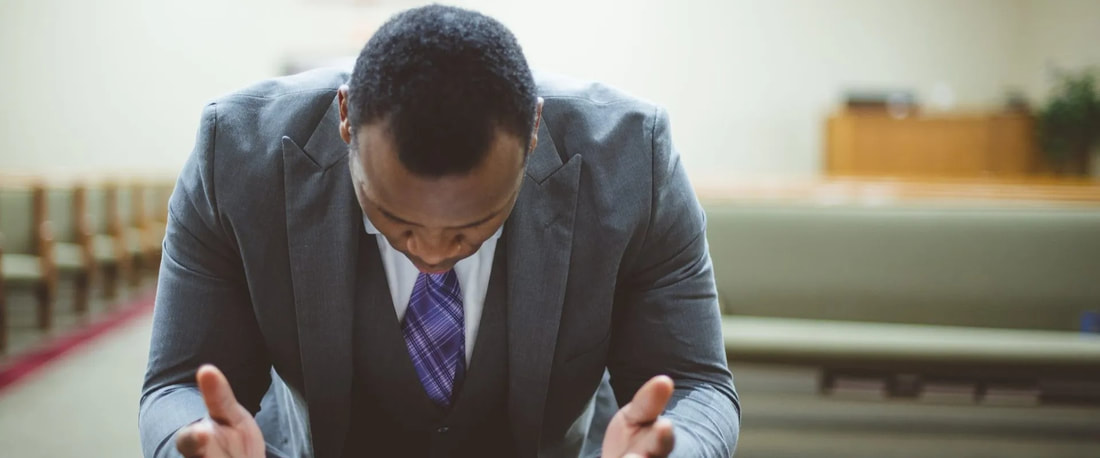|
By Alejandro Ramos Religion and spirituality can be powerful tools for mental health wellness. They offer us a way of understanding what we’re going through and have faith that things will get better. What if the main practitioners and leaders of your faith-based institution aren’t open to discussing mental health challenges? That can be ostracizing, and that’s what PEERS’ Hope & Faith Campaign is looking to address. Hope and Faith is a campaign that works to bring mental health awareness to Black faith-based institutions in Alameda County. The campaign’s goal is to create more welcoming environments where individuals can feel safe opening up about their mental health challenges to their faith leaders.
Hope & Faith is led by PEERS’ program coordinator Renee Ramcharitar. Ramcharitar has been part of PEERS’ staff for a year and was involved with the organization for years before that. “I train the faith leaders on how to hold their own support groups,” Ramcharitar said. Since its inception three years ago, Hope & Faith has worked with seven faith-based institutions in Alameda County. The program is currently working with four at the moment – Memorial Tabernacle Church, Ebenezer Missionary Baptist Church, Imani Community Church, and Community Christian Church of California. There’s a reason the campaign focuses on Black faith-based institutions. Historically, the church has been a place where communities would congregate and find support, whether it’s in the form of spiritual guidance from a faith leader or through social welfare programs. According to tot Pew Research Center, 77% of Black Americans say the church has been instrumental in improving equality. “Faith is everything,” Ramcharitar said. “Especially in the African-American, Black community. Faith in God to get us through the tough times. To deal with situations outside of ourselves, within ourselves.” However, it’s common for mental health topics to be misunderstood in faith-based spaces. By working with the church, Hope & Faith hopes to reduce mental health stigma and create an environment where spirituality can be a positive force for mental health wellness. “We envision bridging any perceived gaps between spiritual practice and acknowledging and healing a person’s mental health status with the faith community as support,” Renee said. The good news? Hope & Faith’s efforts are working. The response to the program has been positive so far. While there are no concrete plans to continue the program past the current cohort, Renee is hopeful that it will be renewed and continue to work with even more churches. Interested in having Hope & Faith work with your faith-based institution? Let us know by reaching out to Renee at [email protected]. Alejandro Ramos is the Media & Communications Coordinator at PEERS.
0 Comments
Leave a Reply. |
|
Vertical Divider
subscribeSign up to our email list to receive our weekly newsletter and stay up to date on our programs and workshops!
|
About usPEERS’ mission is to build a diverse community of people with mental health experiences who provide culturally responsive, peer-based wellness strategies and work together to eliminate stigma and discrimination.
We are supported by: contact |
© Peers Envisioning and Engaging in Recovery Services. All rights reserved.




